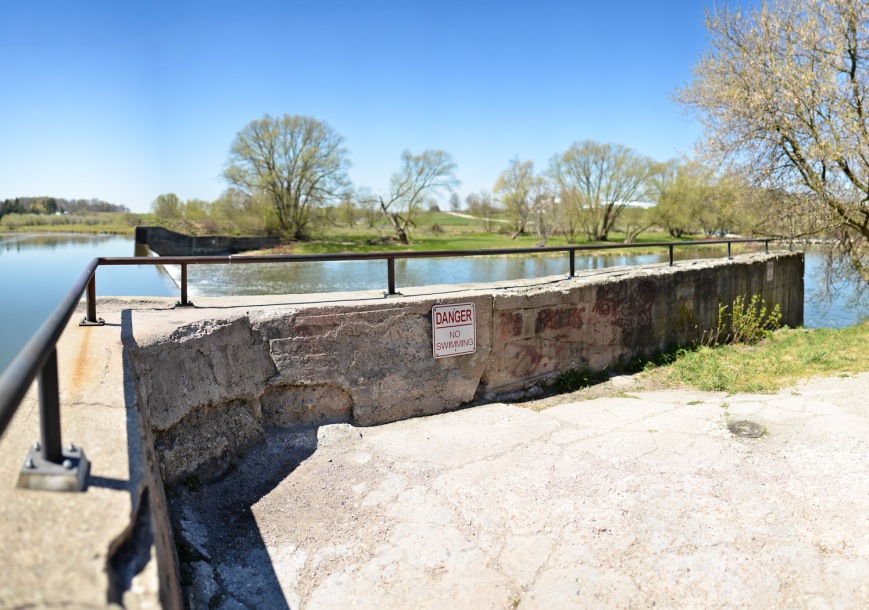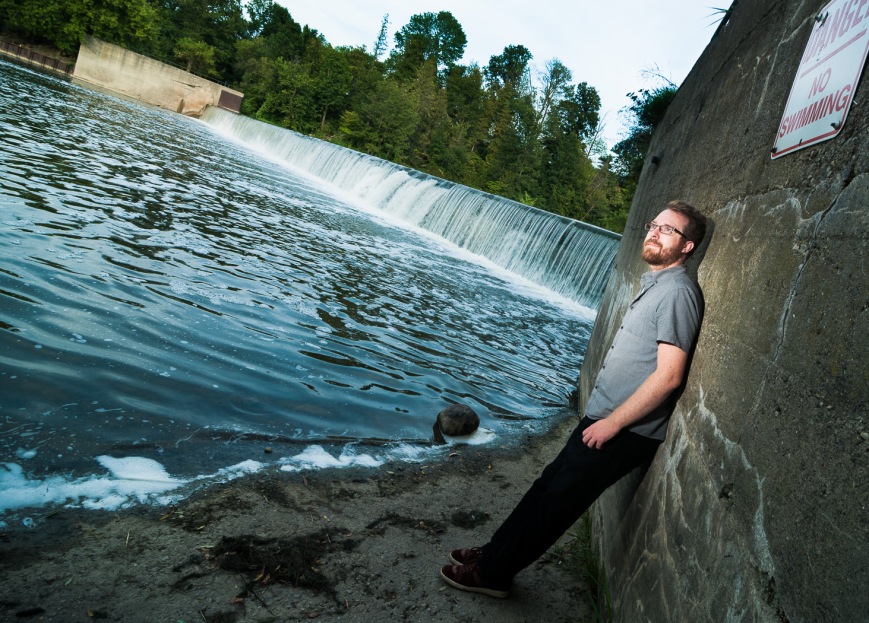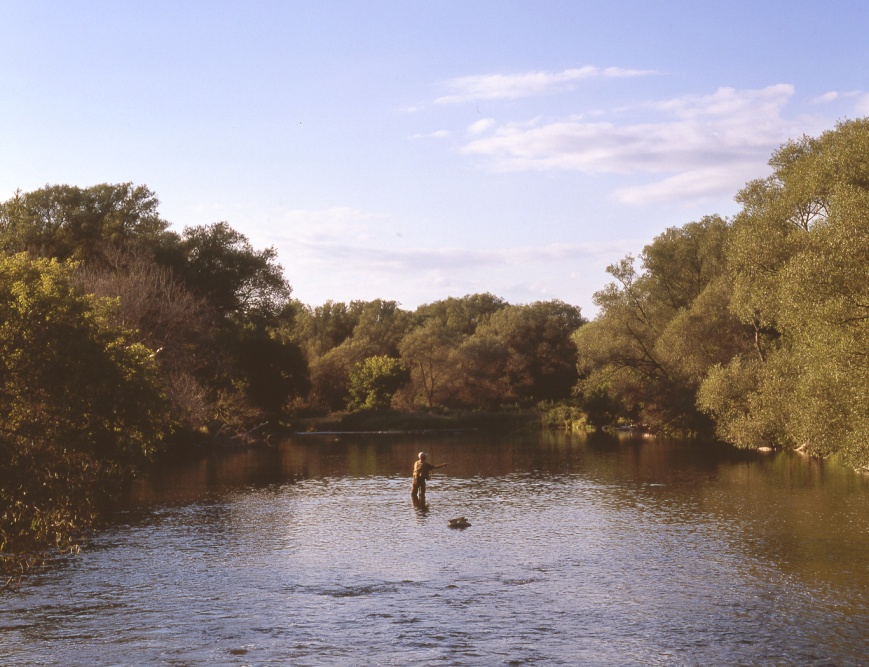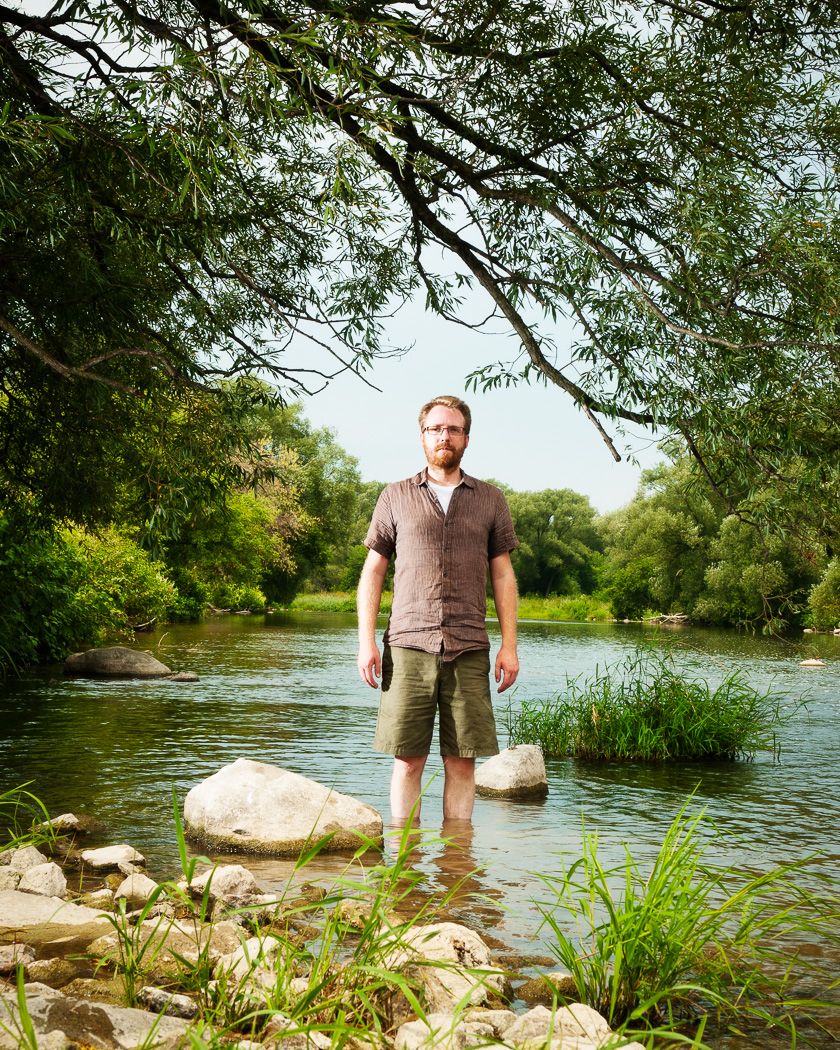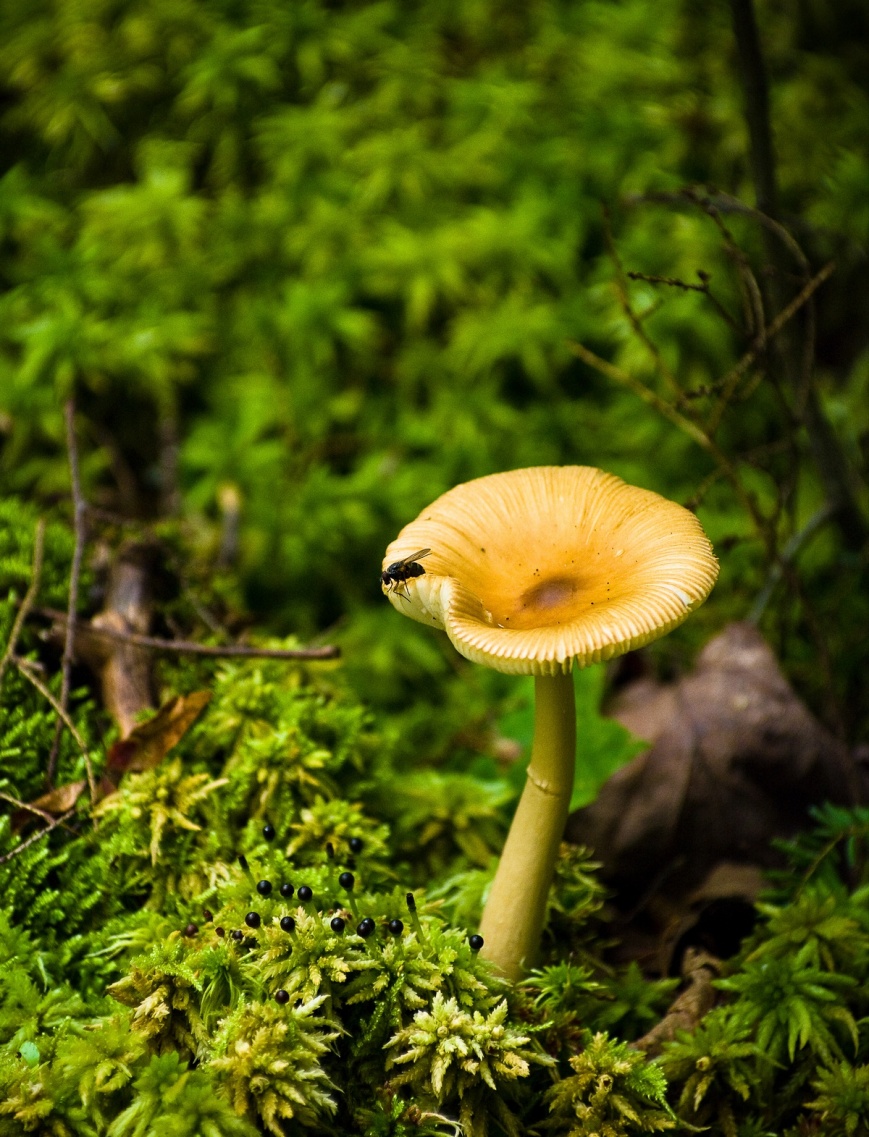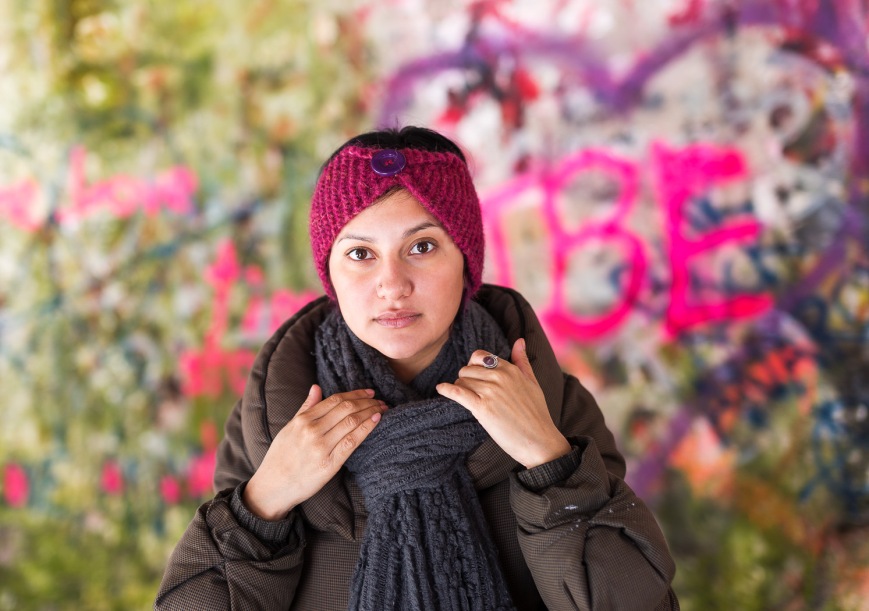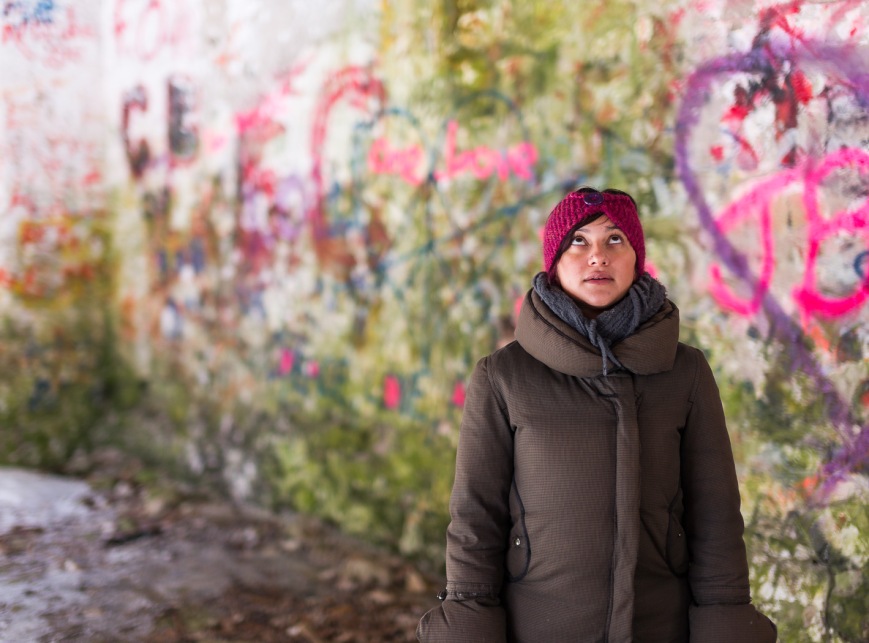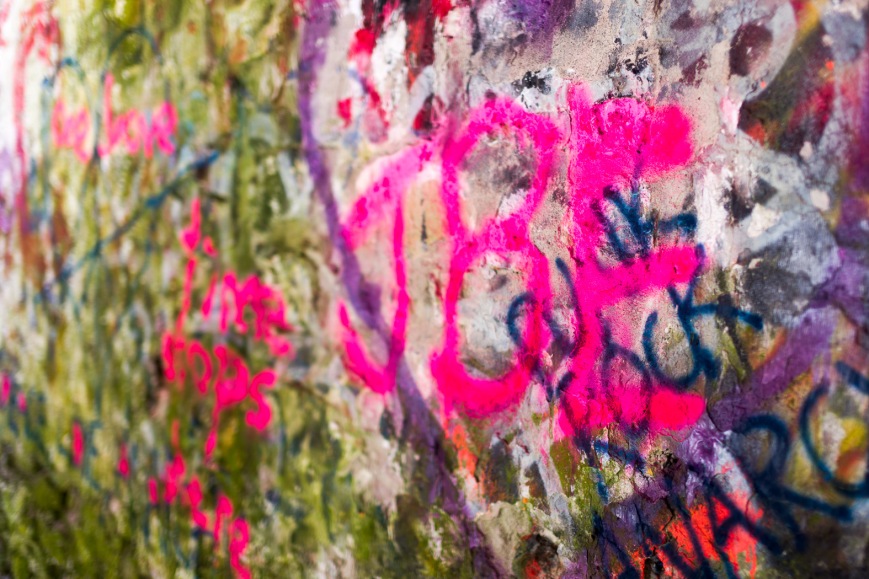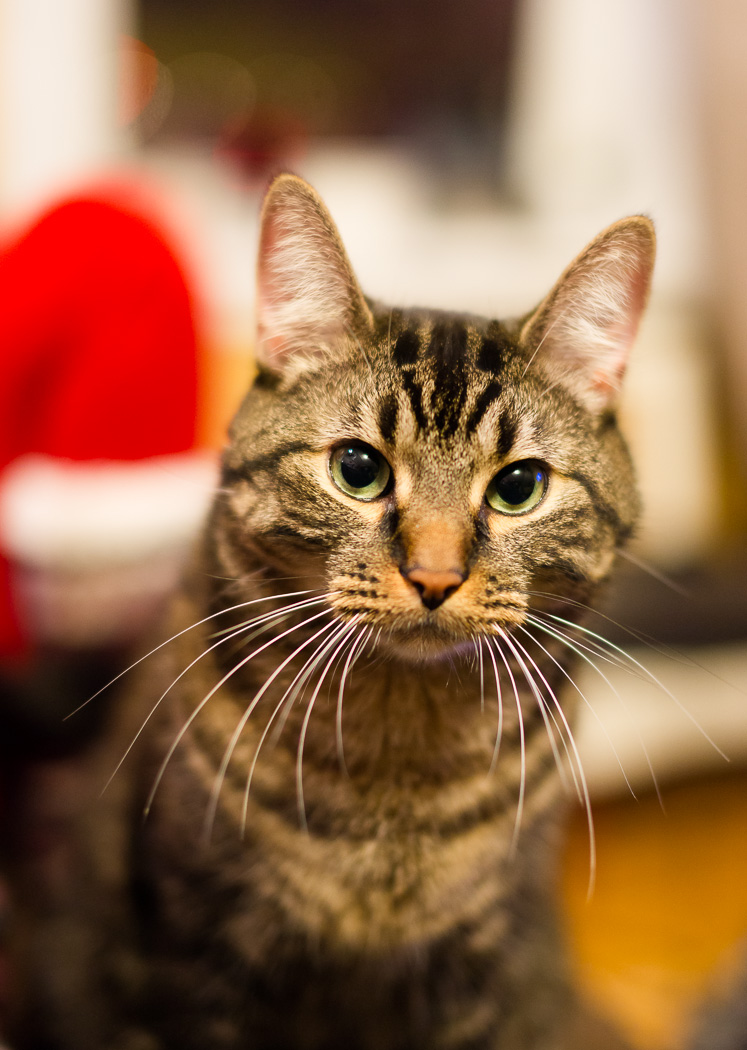I thought it was about time that I do a little show and tell with the gear that I shoot with. I’ll start today with the Nikon digital kit. The two digital bodies I use are the D300s and D7000. Both are APS-C (Nikon calls this DX) bodies, meaning the sensors are smaller than a 35mm negative (or Full Frame sensor, which Nikon calls FX). This crop comes into play when looking at the focal length of a lens. A 50mm lens on an FX body has the field of view of a 50mm lens; however on a DX body is has the field of view of 50mm x 1.5 (=75mm). Thus a standard prime on FX is a short telephoto on DX. I’ll get back to this shortly. First, here is my digital kit: The bodies I’ve already mentioned. On the D7000 at the left is the Nikkor AF-S 35mm f/1.8 G and on the D300s at the right is the Sigma AF 50mm f/1.4 EX. The remaining lenses, from left to right, are Tokina 11-16mm f/2.8 (version I), Nikkor AF-S 17-55mm f/2.8 G, Tokina 50-135mm f/2.8, Nikkor AF-S 85mm f/1.8 G and Micro-Nikkor AF-S 60mm f/2.8 G. The flash at the left is a Metz 48 AF-1 and on the right is a Nikon SB-700. Not pictured is the Nikon SB-900 that I used to light the picture.
The bodies I’ve already mentioned. On the D7000 at the left is the Nikkor AF-S 35mm f/1.8 G and on the D300s at the right is the Sigma AF 50mm f/1.4 EX. The remaining lenses, from left to right, are Tokina 11-16mm f/2.8 (version I), Nikkor AF-S 17-55mm f/2.8 G, Tokina 50-135mm f/2.8, Nikkor AF-S 85mm f/1.8 G and Micro-Nikkor AF-S 60mm f/2.8 G. The flash at the left is a Metz 48 AF-1 and on the right is a Nikon SB-700. Not pictured is the Nikon SB-900 that I used to light the picture.
Let’s take a quick look at each of the lenses.
Nikkor AF-S 35mm f/1.8 G
This DX lens has a field of view (FOV) of 52.5mm (35mm * 1.5) and intended to be a “normal” prime, meaning that the FOV is close to that of the human eye. I find that a slightly wider FOV, something like 42-45mm equivalent, feels more natural to me. This lens is small, light and sharp sharp sharp. The bokeh is decent too. It’s fast and accurate enough to focus as well. There’s really no reason to not have this lens along with me at all times.
Sigma AF 50mm f/1.4 EX
For a 50mm this lens is huge. The filter thread is a massive 77mm. It also weighs quite a lot. It tends to over-expose on both of my bodies and can have inconsistent focus in low light situations. That said, I love it. The IQ on this lens is wonderful, even at f/1.4. With a FOV of 75mm it is just right for portraits.
Micro-Nikkor AF-S 60mm f/2.8 G
This Micro (as Nikon likes to call Macro) lens is a gem. It is the only lens I own with Nikon’s special Nanocoating, used to increase contrast and reduce flare. The optical quality at any aperture is just phenomenal. Not only that but the autofocus is lightning fast, presuming you are focussing on a subject with sufficient contrast. This lens focusses right down to 1:1 magnification (meaning that the size of an object is reproduced to exactly that size on the sensor/film). Unfortunately to get to this magnification the front of the lens must be only a few centimetres from the subject, making lighting somewhat difficult. Since the FOV on a DX body is 90mm I often use this lens for portraits (although the Sigma 50mm and Nikkor 85mm have taken on much of this responsibility).
Nikkor AF-S 85mm f/1.8 G
My newest lens, the 85mm f/1.8 fills the void of the fast telephoto lens (with a FOV on DX of 127.5mm). I have nothing but great things to say about this lens.
Tokina 11-16mm f/2.8
Back when I shot Pentax, this was at the top of my list for lenses I’d wished were available for that mount. When I switched to Nikon it went to the top of my list of lenses for my kit. This lens (a 16.5-24mm equivalent) is nice and sharp and keeps distortion pretty well in check. The chromatic aberrations are atrocious but can be easily removed in Lightroom.
An ultra-wide lens such as this is more of a specialty lens, being useful only when a very wide FOV is needed. I will commonly use it in weddings when I want a grand view of the church or hall or in landscapes when I want plenty of foreground but still keep the background in view.
Nikkor AF-S 17-55 f/2.8 G
This 25.5-82.5mm equivalent lens is by far the most versatile in my bag and is my go-to lens for weddings and events. It pairs perfectly with the D300s and since both are weather-sealed I can use them in outdoors in terrible weather. Other positives for this lens are incredibly fast focus and true professional build quality. While this lens is mechanically the best I own it does have some negative aspects. Contrast and flare resistance could be better. I find that at some focal lengths the sharpness is inconsistent across the frame (something I will characterize one day with the right test charts). I’m also not a fan of how the lens pairs with the D7000. The images don’t have the clarity I like. All that said, I use the 17-55mm more than any of my other lenses because of its versatility and reliability.
Tokina 50-135mm f/2.8
When I shot with Pentax gear one of my favourite lenses was the DA* 50-135mm f/2.8. Fortunately, Tokina sells a version of the lens for Nikon. The Tokina copy has all the sharpness of the Pentax, rivalling Nikon’s 70-200mm f/2.8 and f/4 zooms. Mechanically, I have no complaints and the focus is accurate and fast enough. I do wish the lens had more contrast and flare resistance but both can easily be fixed in Lightroom/Photoshop.
Now that I’ve presented my digital kit, a few trends are apparent. Notice that I don’t use any “slow” lenses, with my maximum apertures ranging from f/1.4 to f/2.8. Fast glass gives me the low light shooting ability that I need for weddings and concerts. I also have more DX lenses (35mm, all three zooms) than FX lenses (50mm, 60mm, 85mm). I’ve found that FX lenses are just too expensive for what I need. The Nikkor 24-70mm, for example, is 50% more expensive than my 17-55mm on the used market. Likewise, to buy a good 70-200mm f/2.8 I’d be looking at $1500-$2000 vs the $500-600 that the Tokina 50-135mm cost. Yes, I do lust of the exotic FX glass but for now I’m quite happy with what I have.
Any thoughts or comments?



